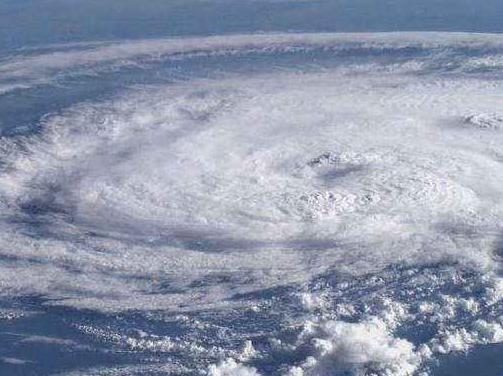In The Other Side of Everest, the British mountaineer and filmmaker Matt Dickinson records how Howard Somervell, on a 1924 British expedition up Everest, "found himself choking to death after a piece of infected flesh came loose and blocked his windpipe." With a supreme effort Somervell managed to cough up the obstruction. It turned out to be "the entire mucus lining of his larynx."
在《珠穆朗瑪峰的另一側》中,英國登山家兼電影制片人馬特·迪金森記錄下了霍華德·薩默維爾的情況。1924年,薩默維爾隨一 個英國遠征隊攀登珠穆朗瑪峰,“發現自己一塊發炎的肉掉下來,堵住了氣管,差一點窒息而死”。薩默維爾費了好大的勁兒才把肉屑咳出來。結果發現,他咳出來的是“喉部的整個蒙古膜”。

Bodily distress is notorious above 25,000 feet—the area known to climbers as the Death Zone—but many people become severely debilitated, even dangerously ill, at heights of no more than 15,000 feet or so. Susceptibility has little to do with fitness. Grannies sometimes caper about in lofty situations while their fitter offspring are reduced to helpless, groaning heaps until conveyed to lower altitudes.
到了7500米以上的高度—即登山運動員所謂的“死亡地帶”——身體就會很不舒服;但是,許多人到不了4500米左右的高度就會極度虛弱,甚至病危。敏感程度與身體是否健壯幾乎沒有關系。有時候,老奶奶在高處生龍活虎,而她們身強力壯的后輩們反而哼哼哈哈,已經吃不消,不得不被送往低處。
The absolute limit of human tolerance for continuous living appears to be about 5,500 meters, or 18,000 feet, but even people conditioned to living at altitude could not tolerate such heights for long. Frances Ashcroft, in Life at the Extremes, notes that there are Andean sulfur mines at 5,800 meters, but that the miners prefer to descend 460 meters each evening and climb back up the following day, rather than live continuously at that elevation.
就人類連續生活的耐受能力而言,極限大約為5500米,但連習慣于生活在高處的人也無法長期忍耐這種高度。弗朗西斯·阿什克羅夫特在《極端條件下的生命》一書中說,安第斯山脈在5800米的高處有硫礦,但礦工們寧可每天晚上往下走460米,第二天再爬上去,也不愿意連續生活在那個高度。












